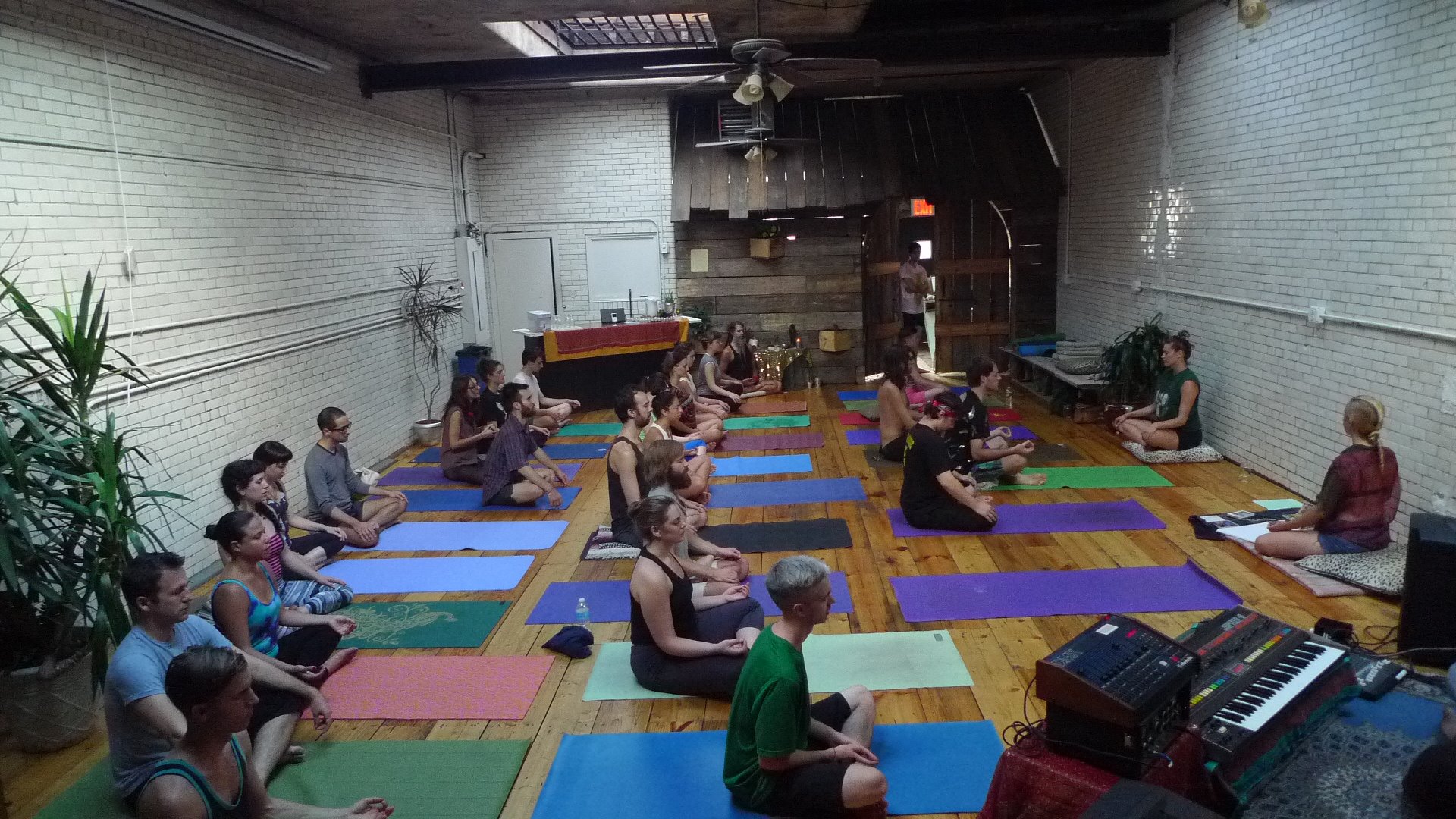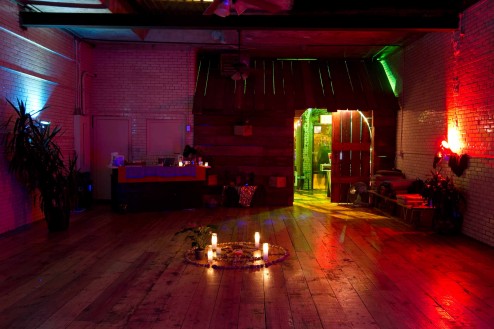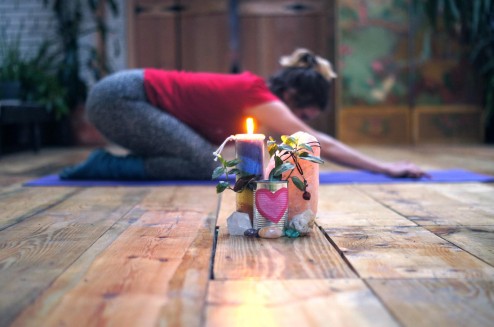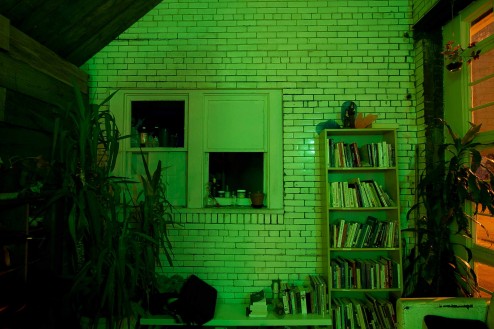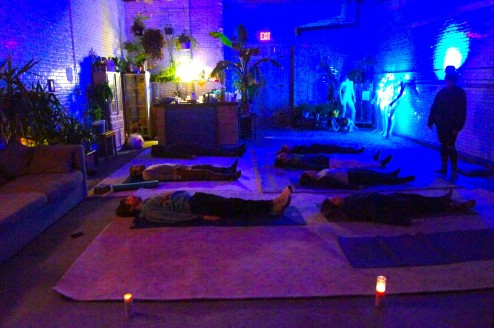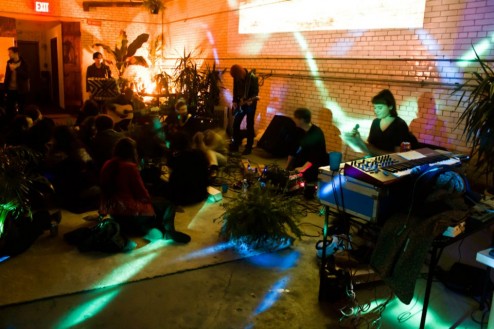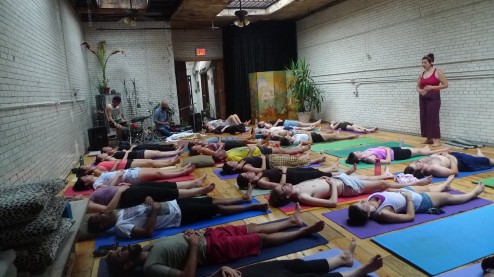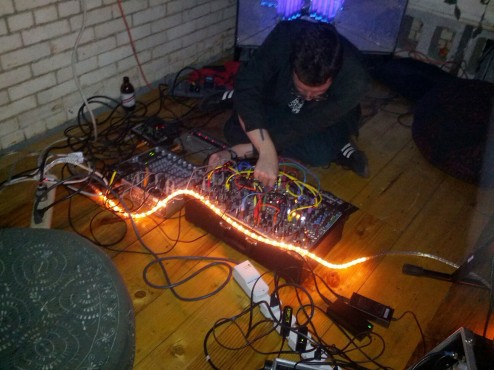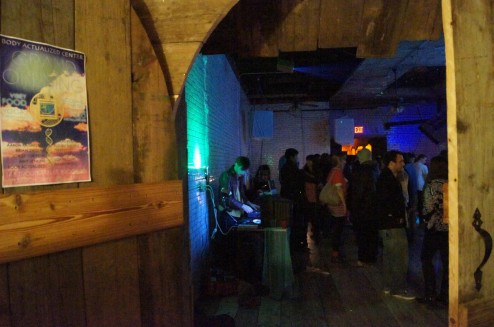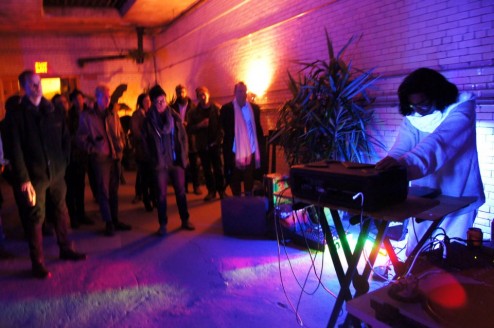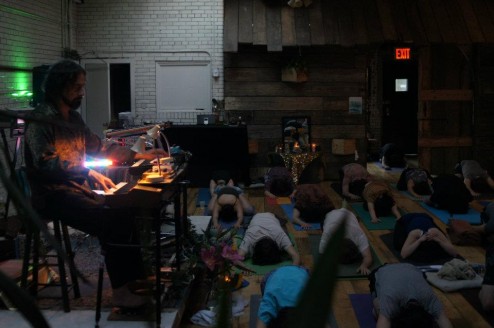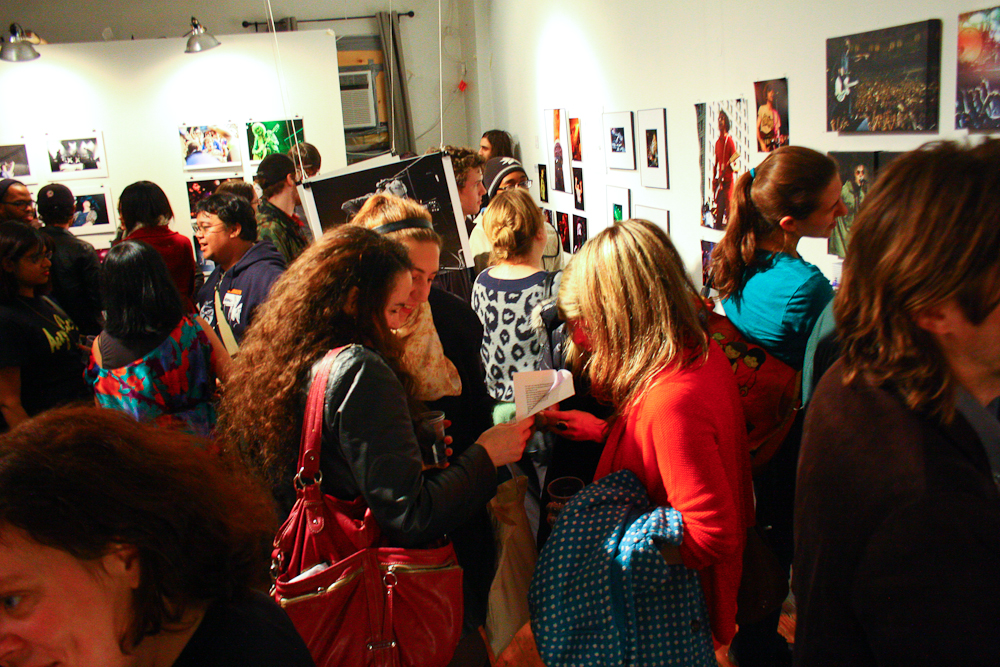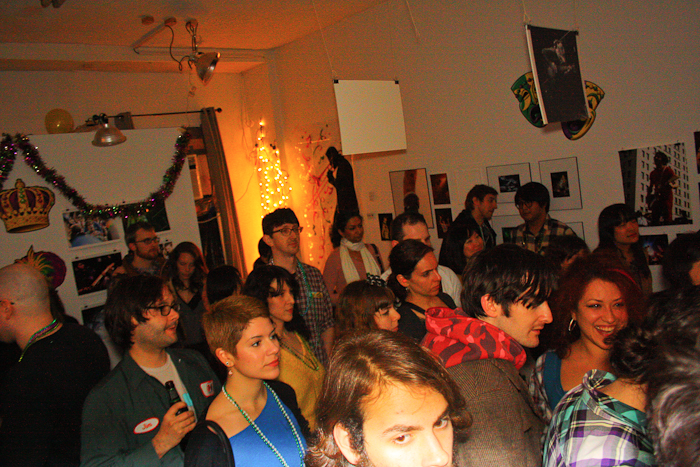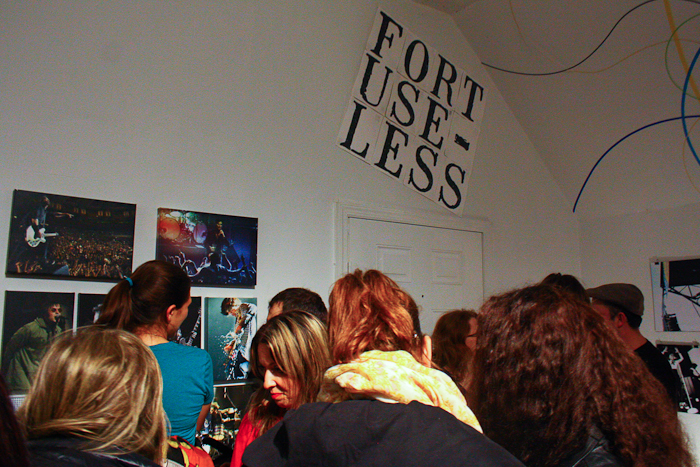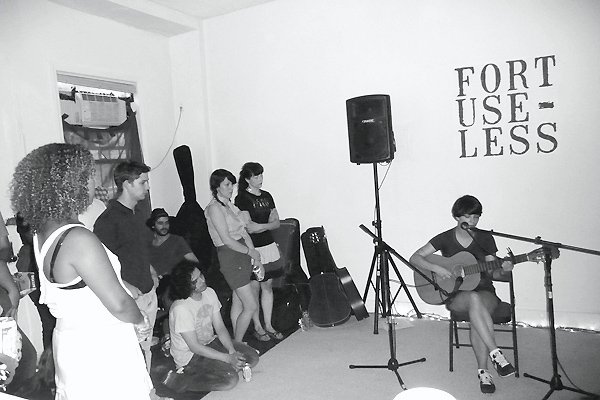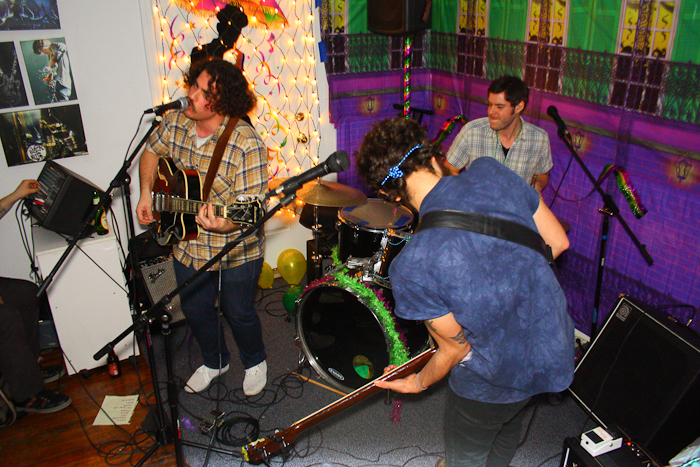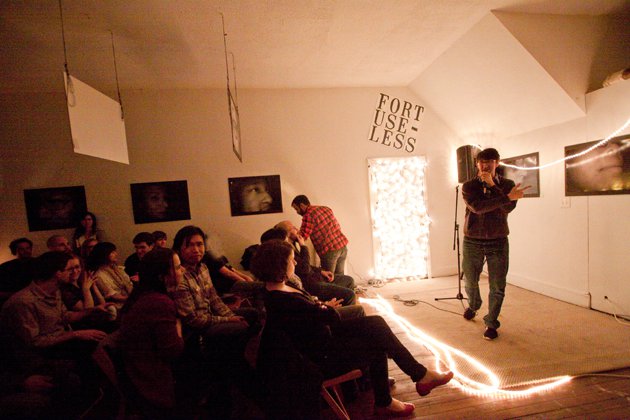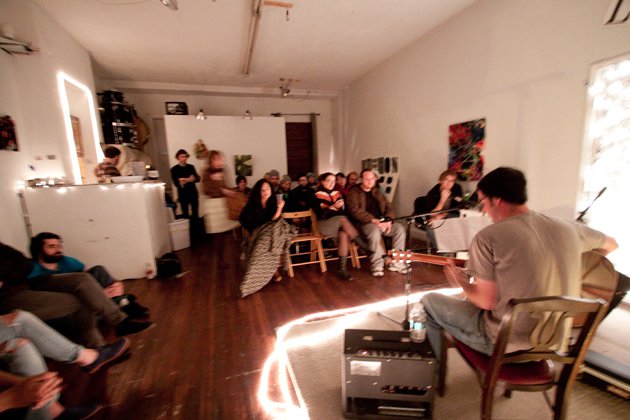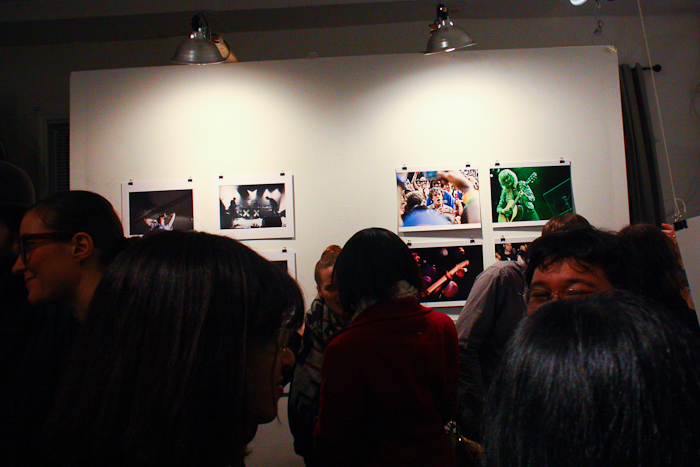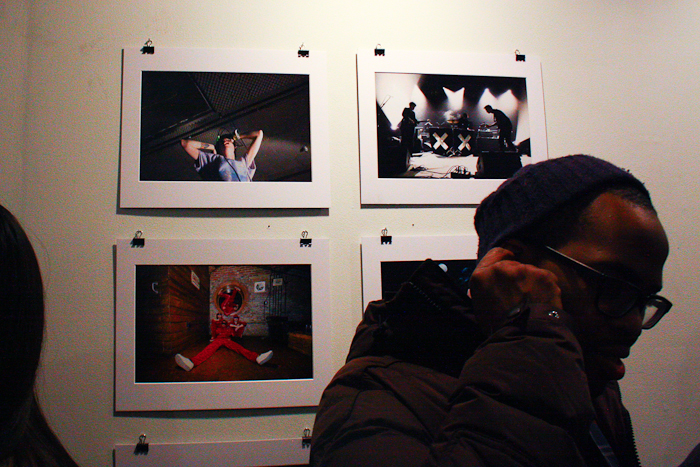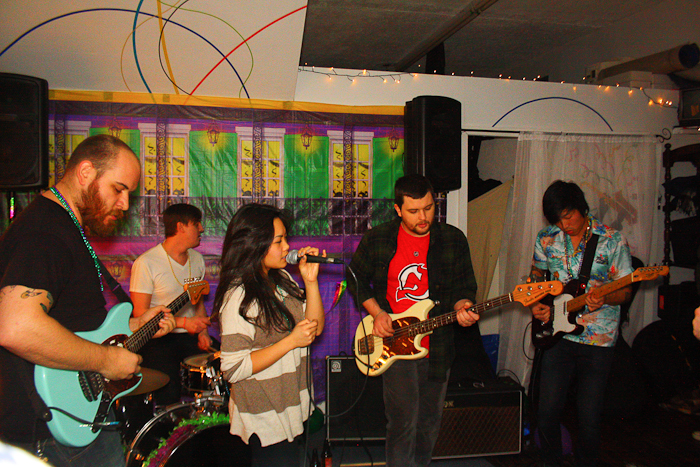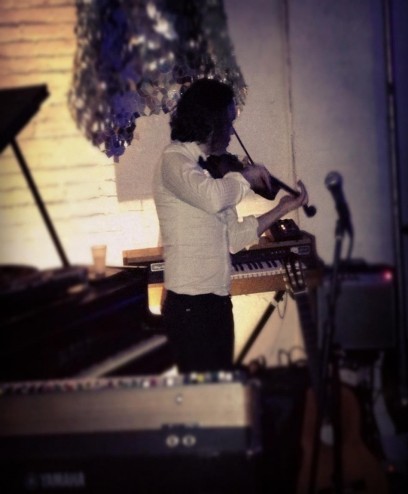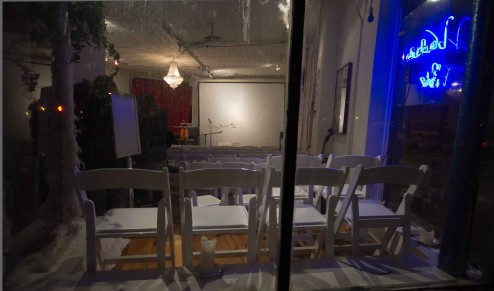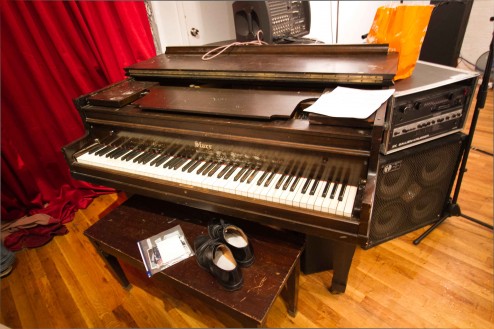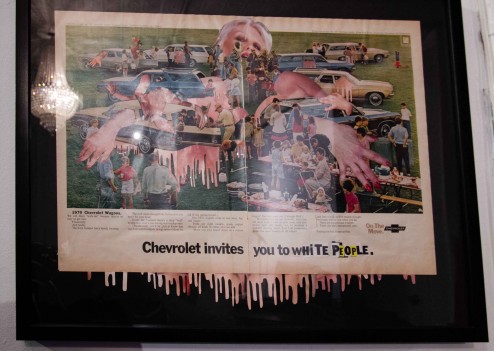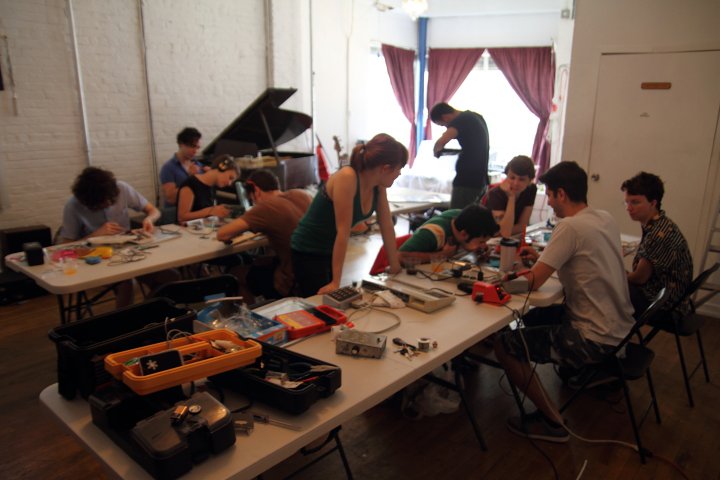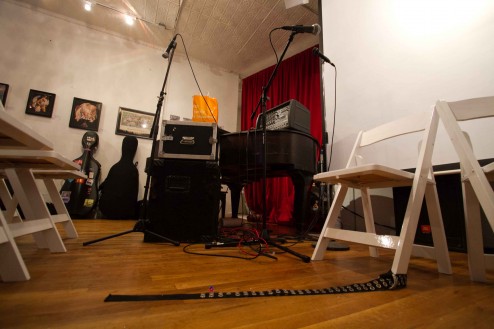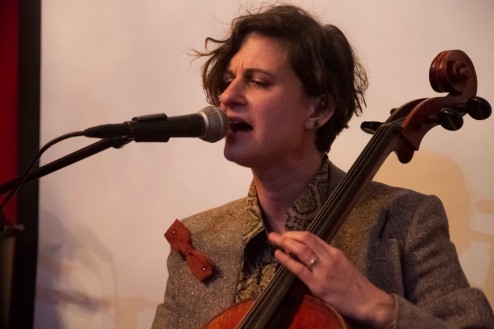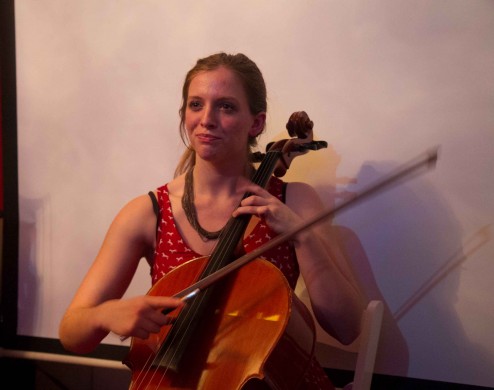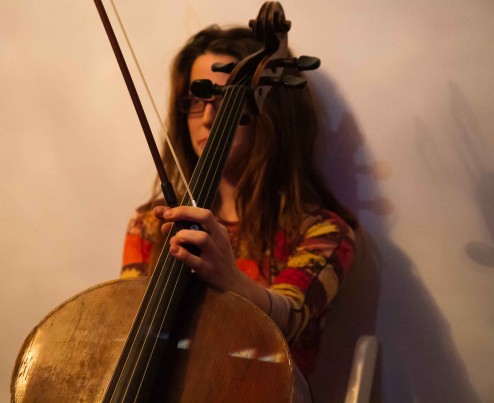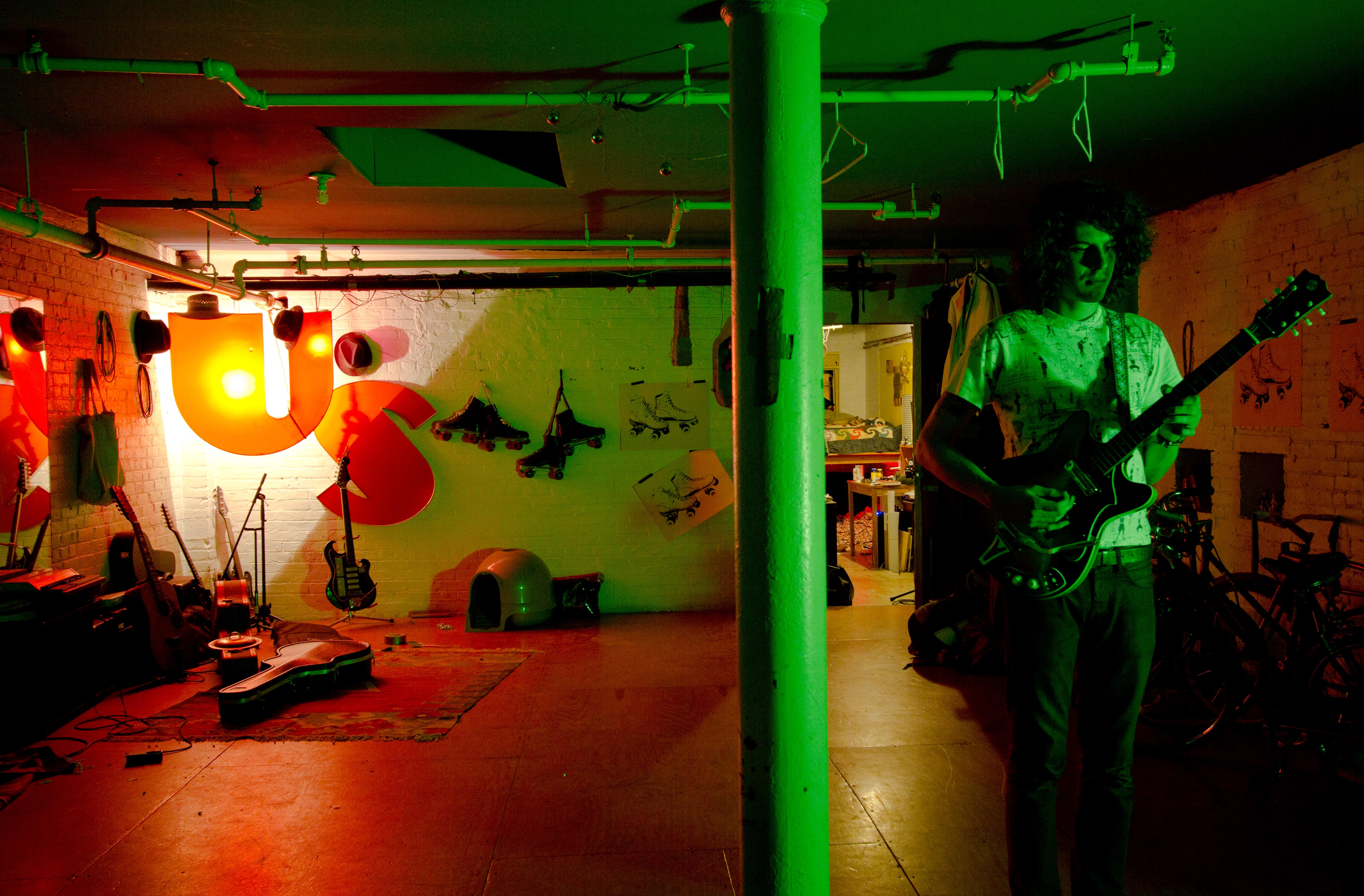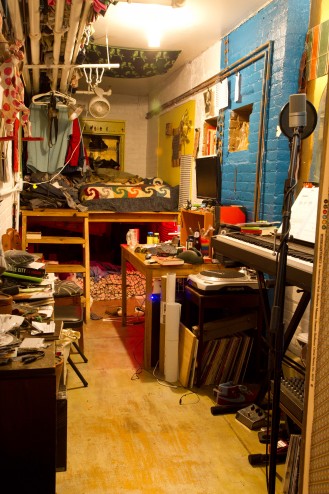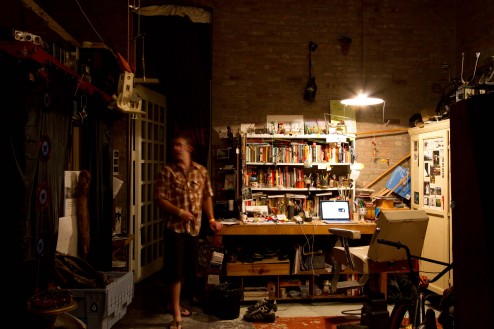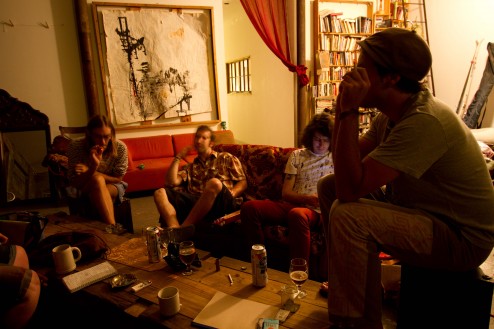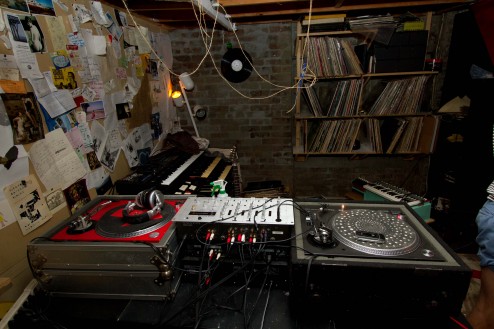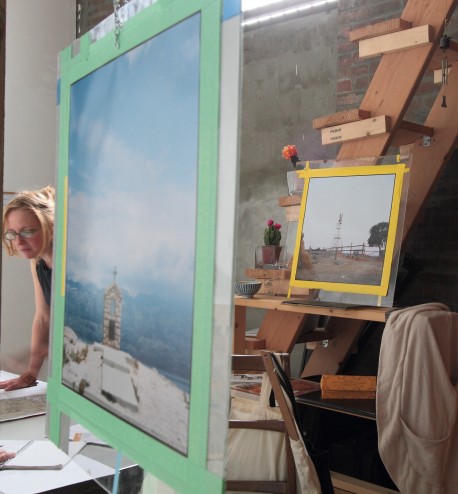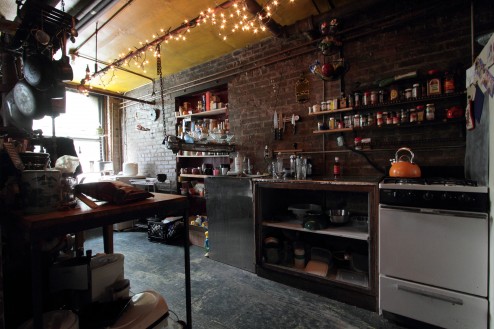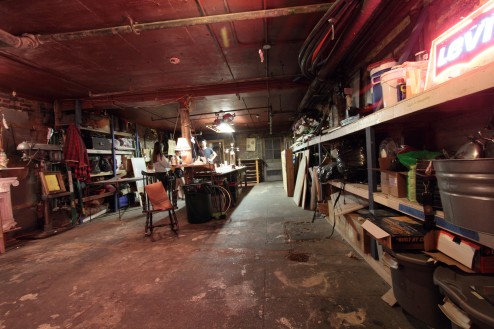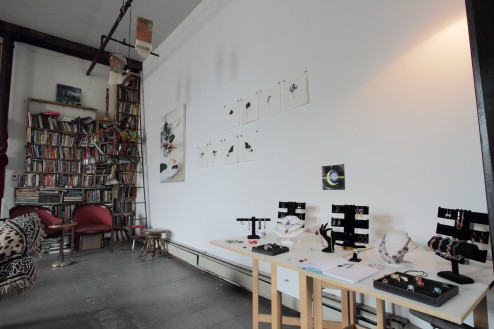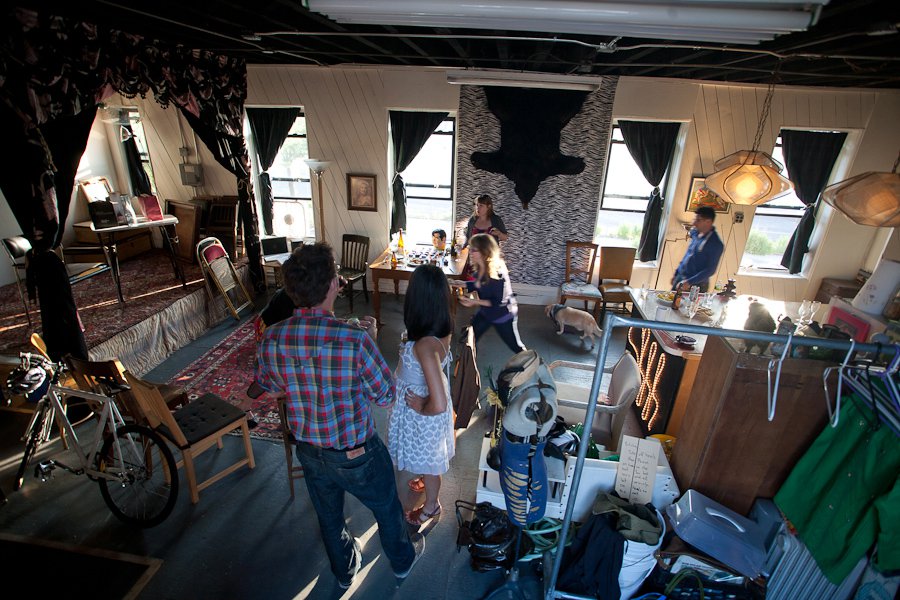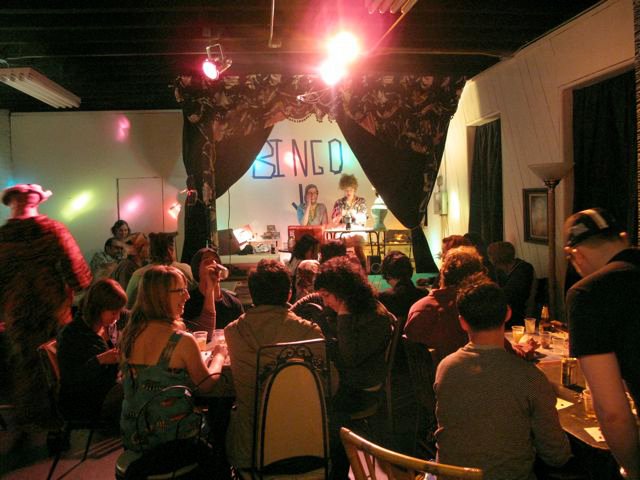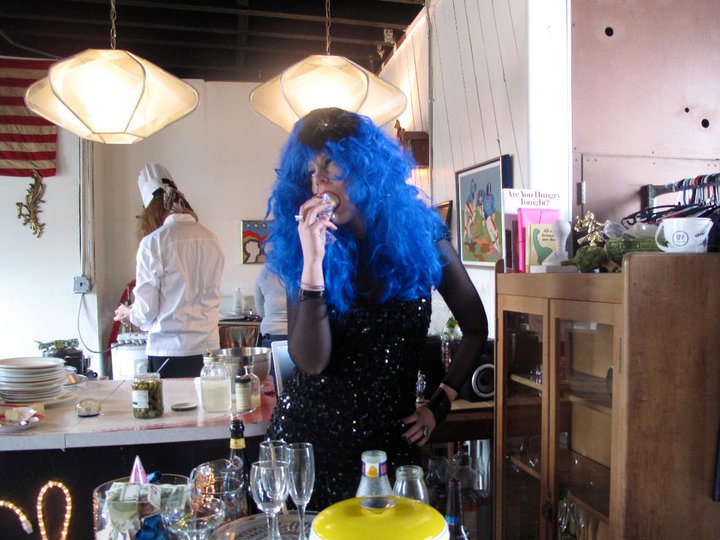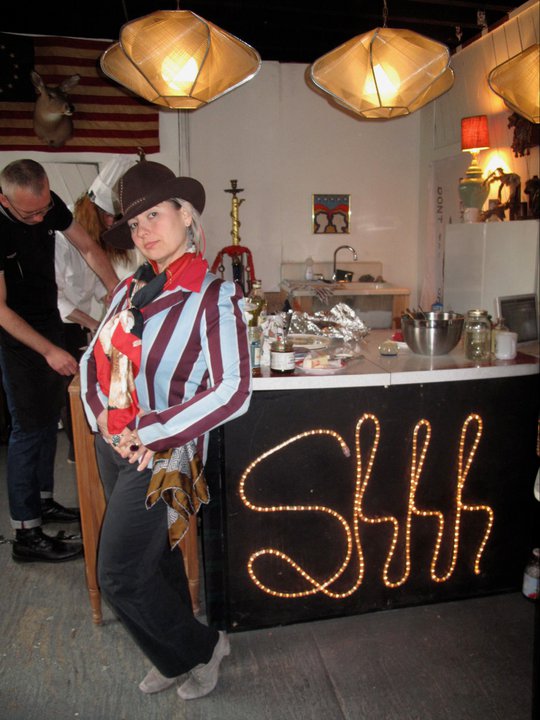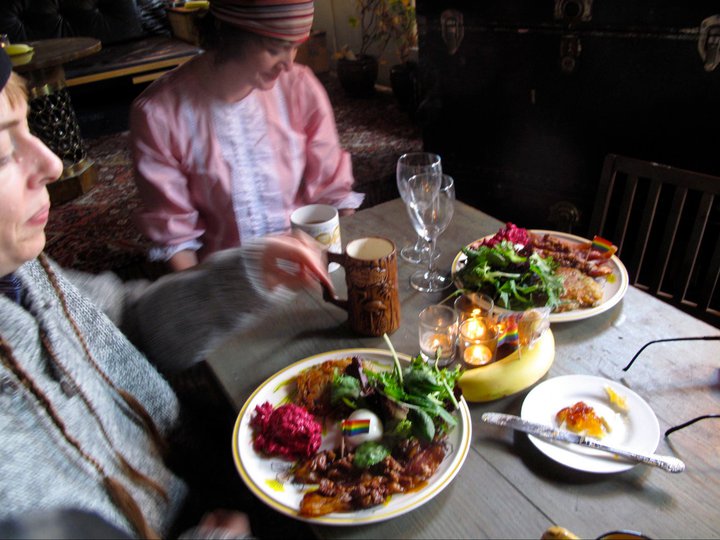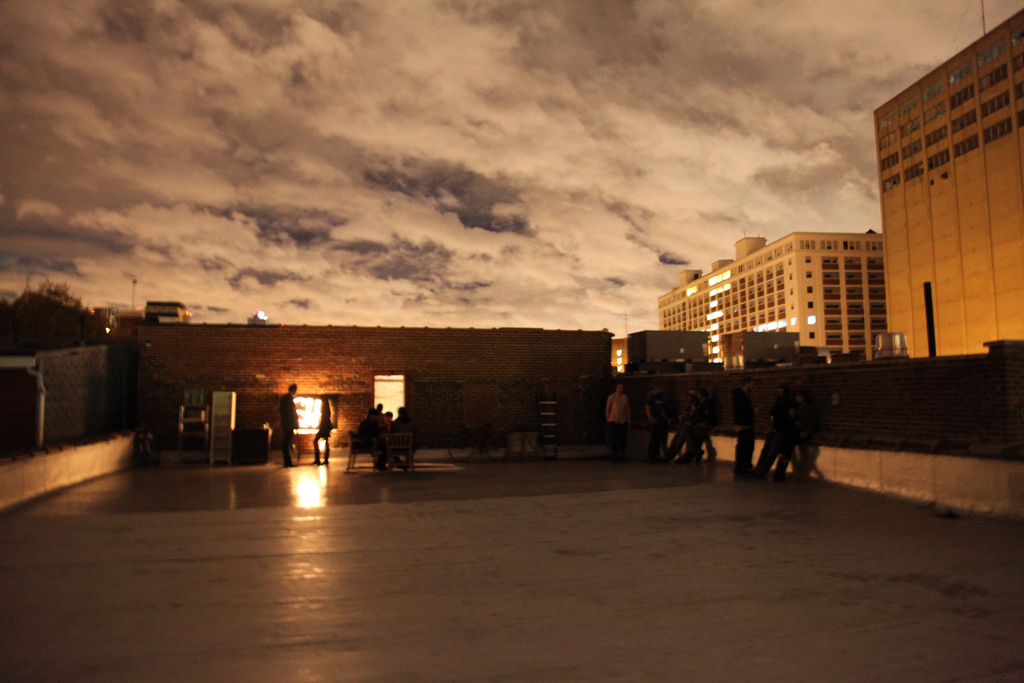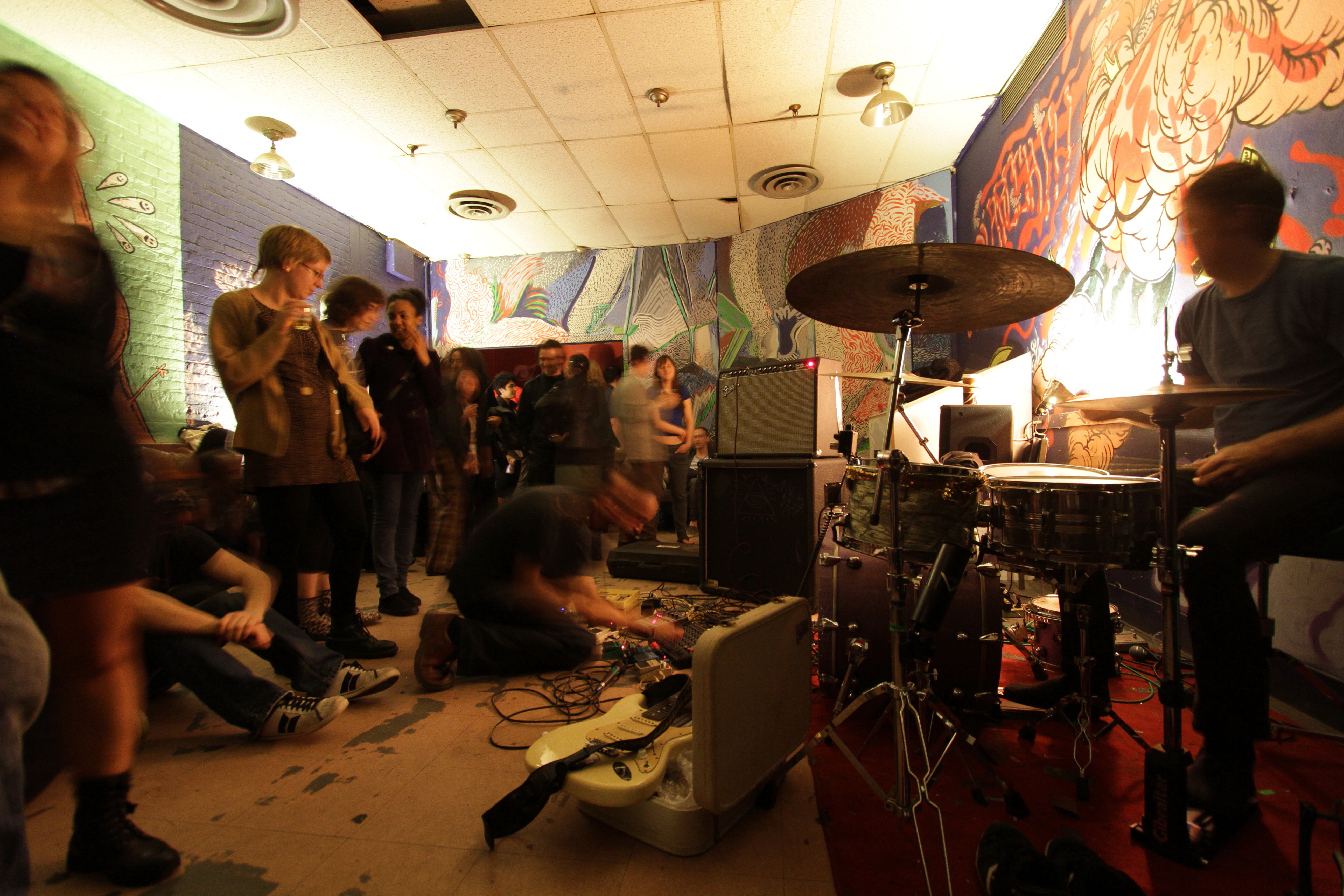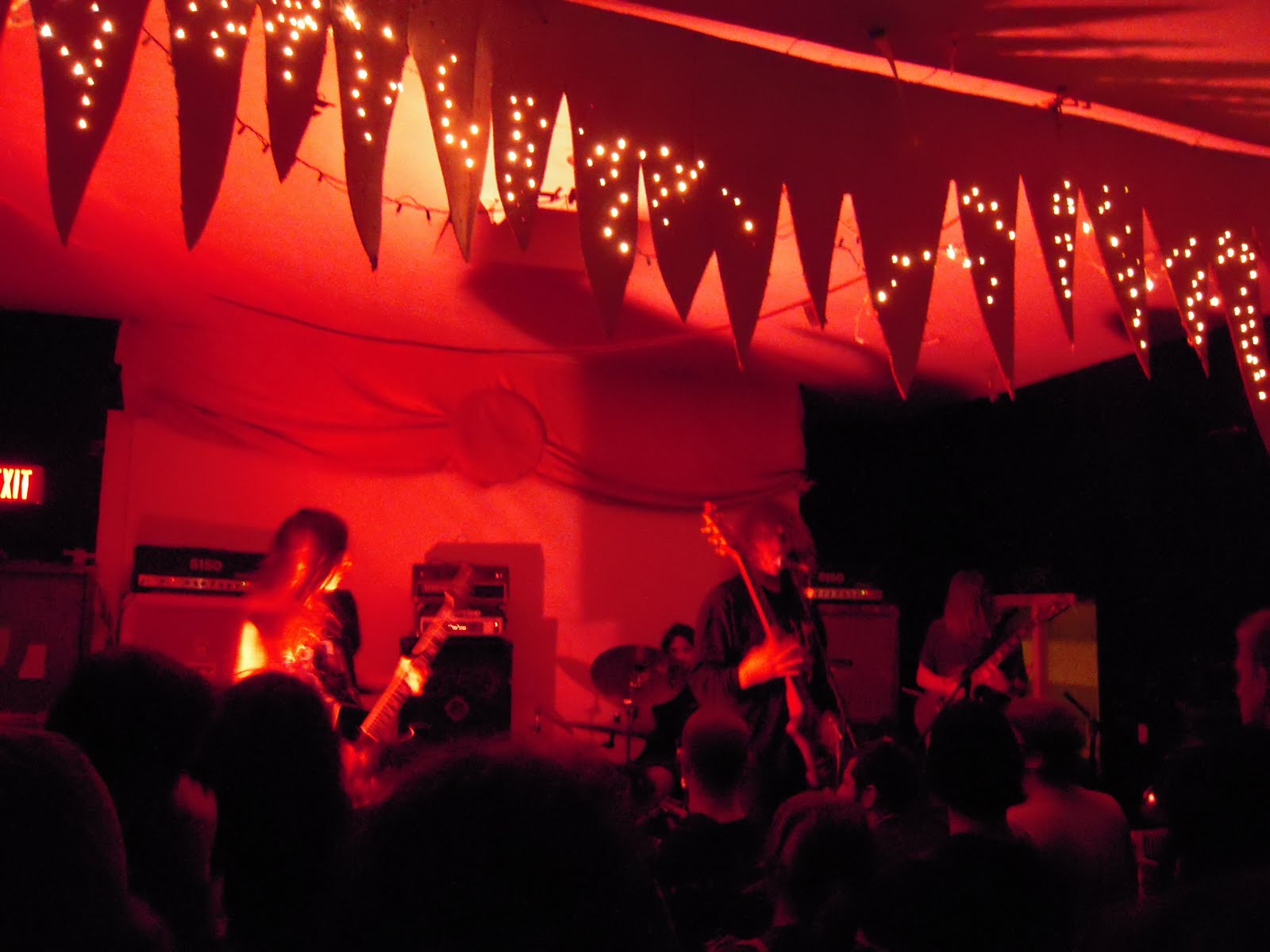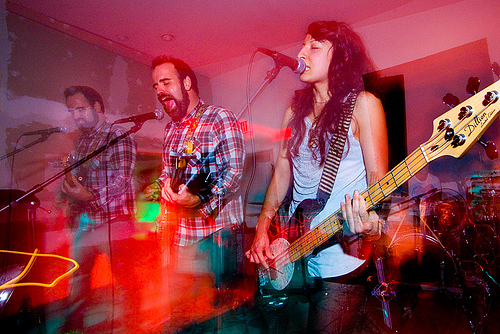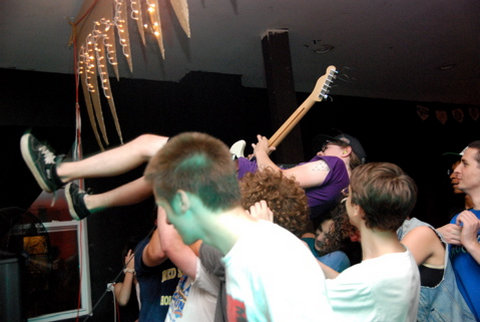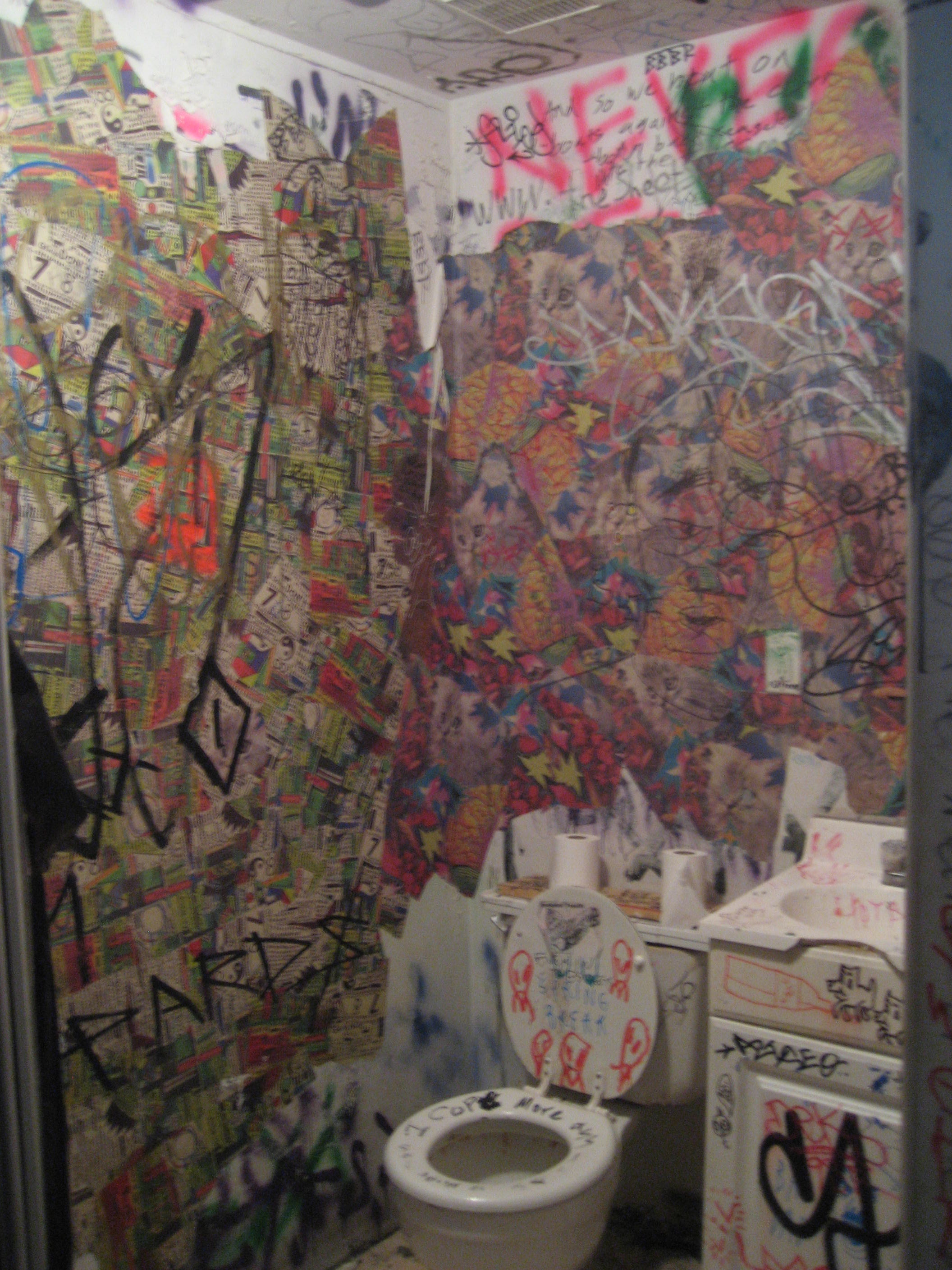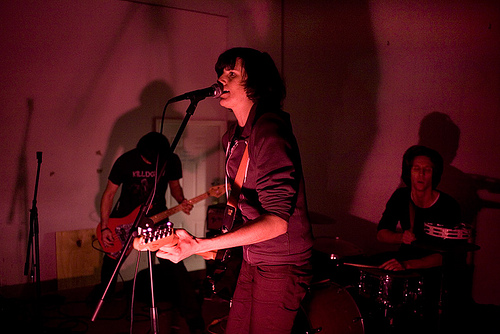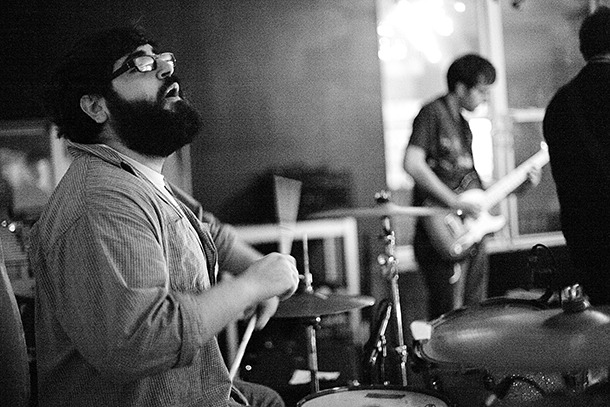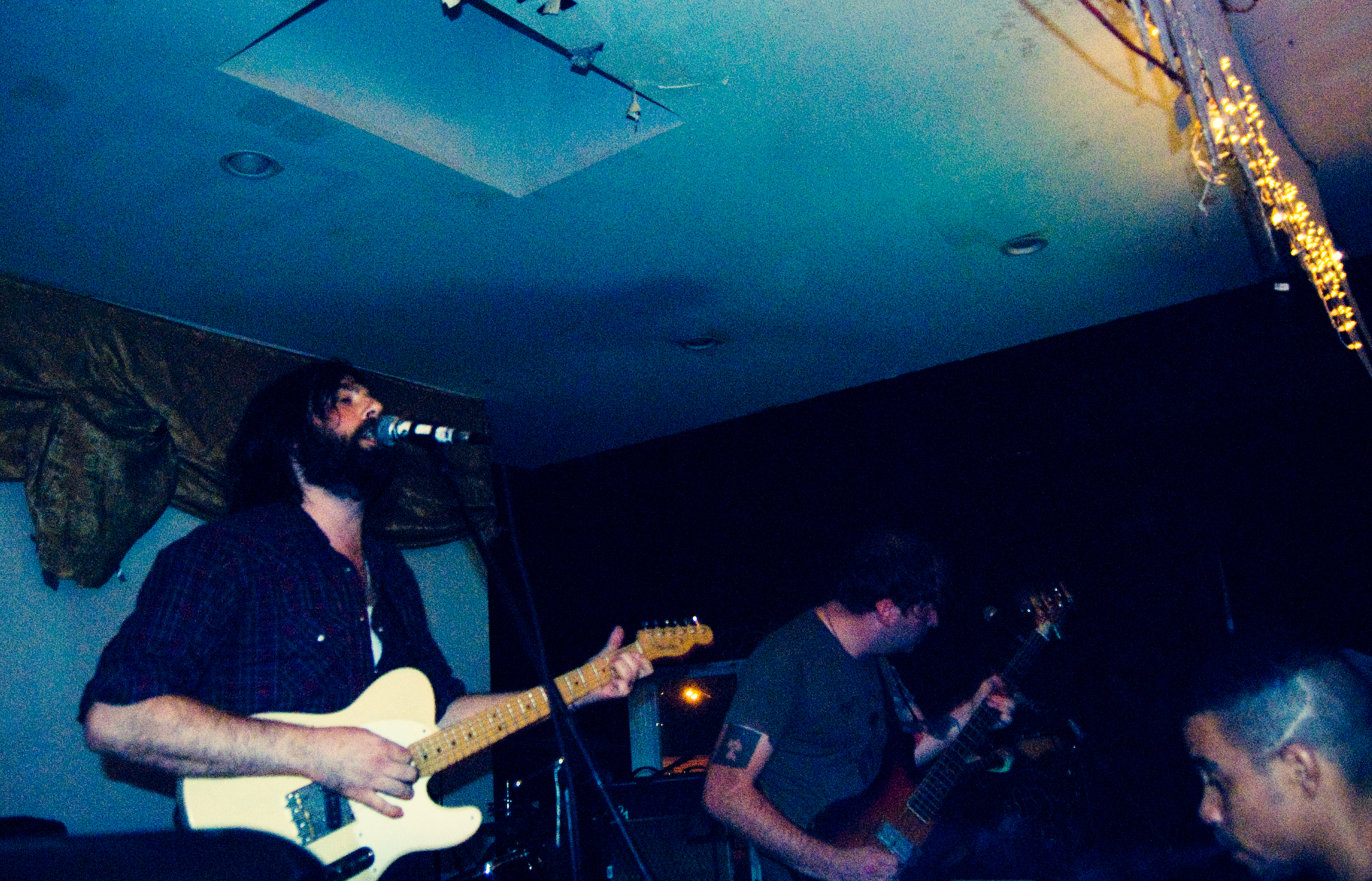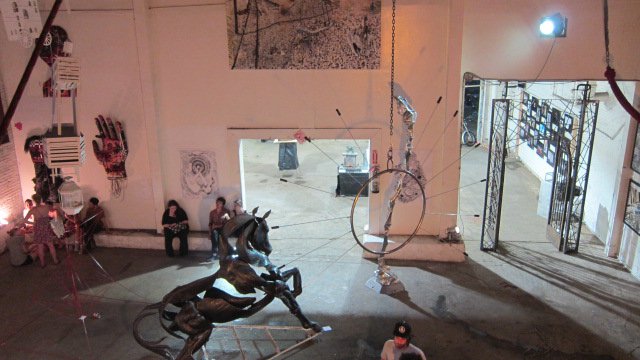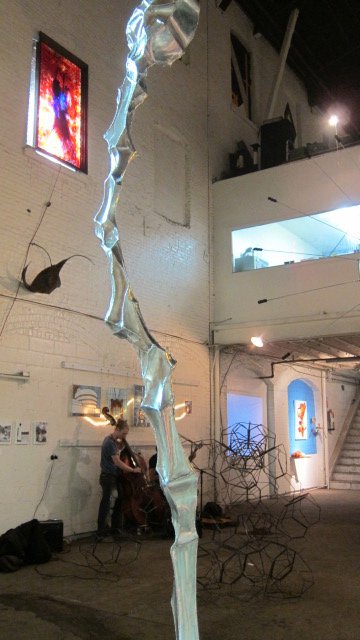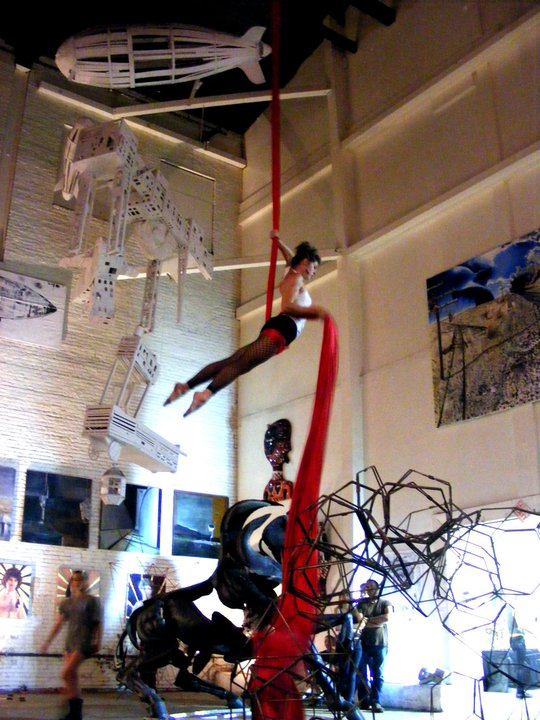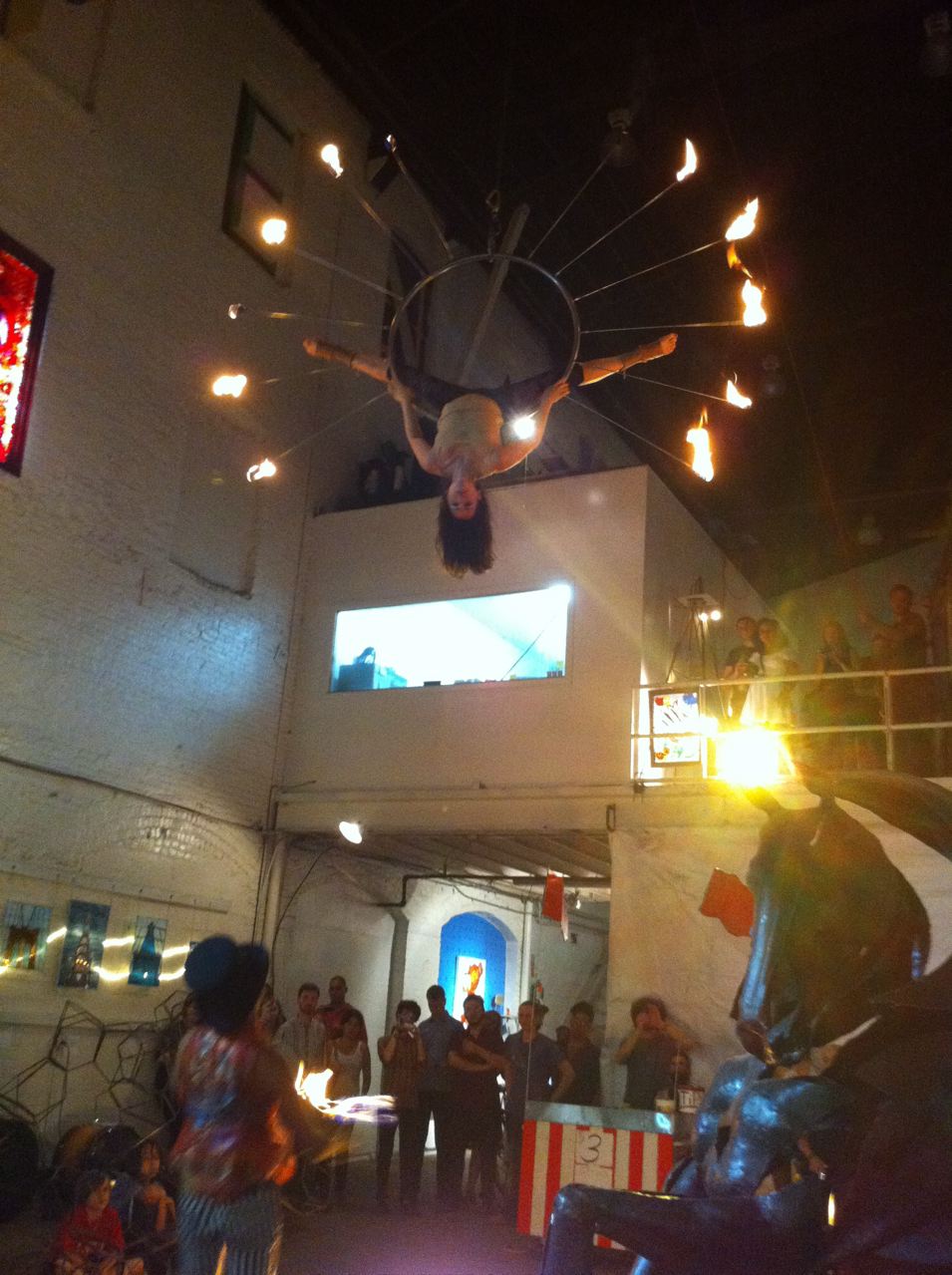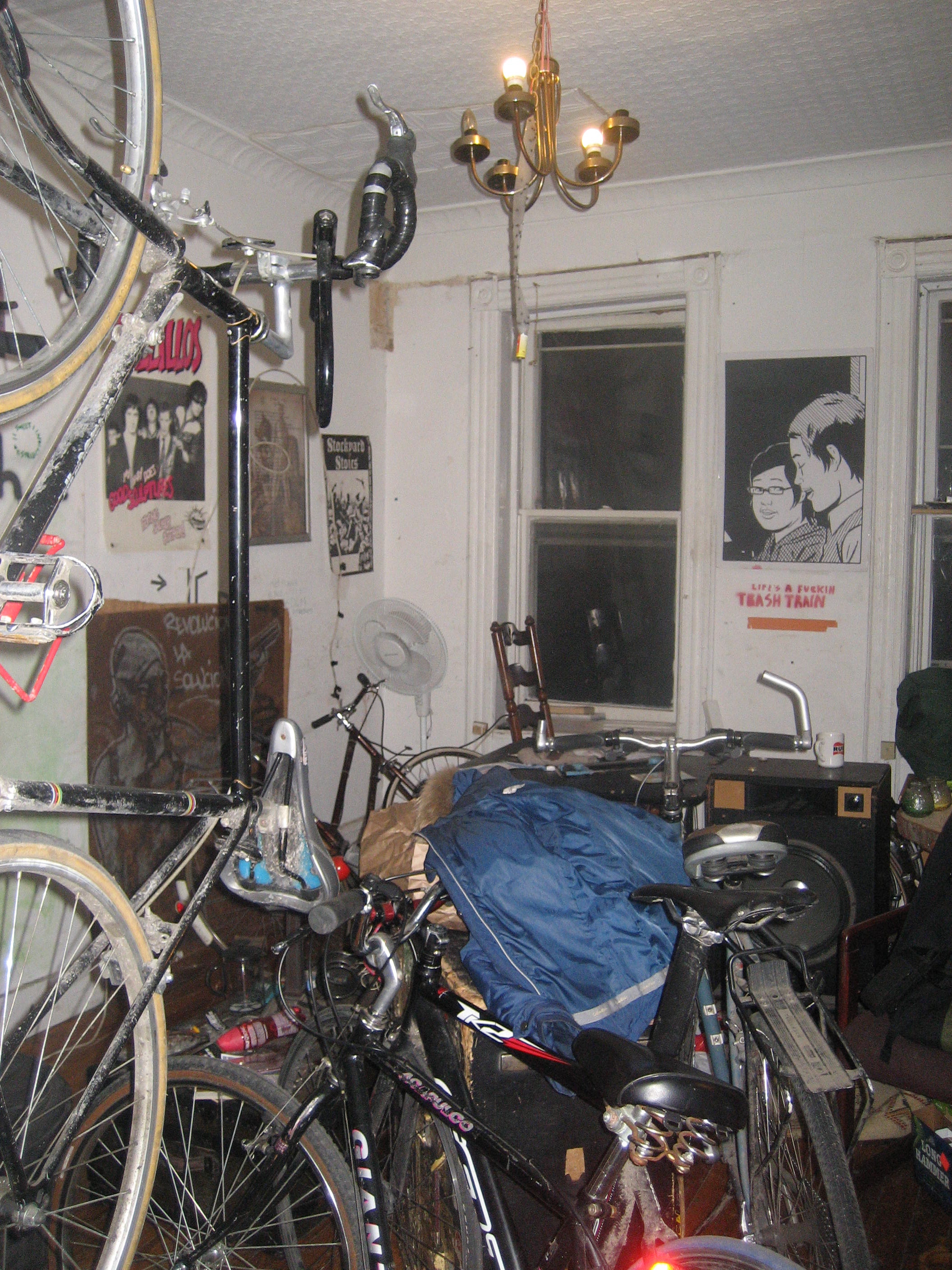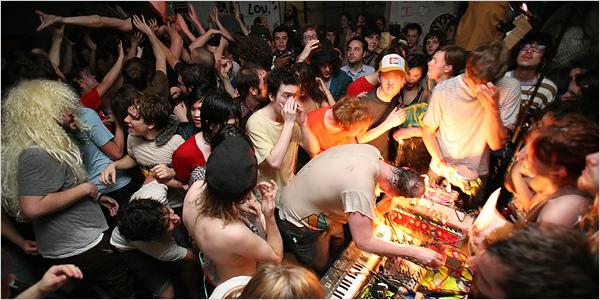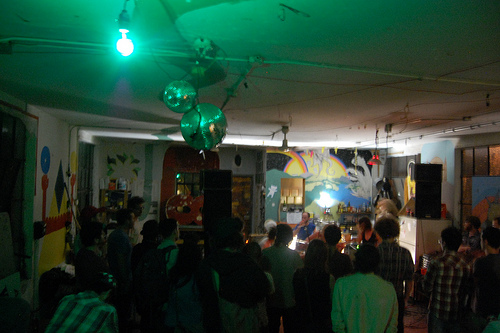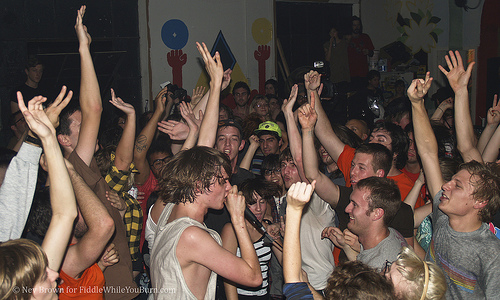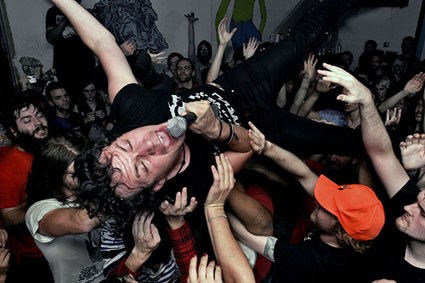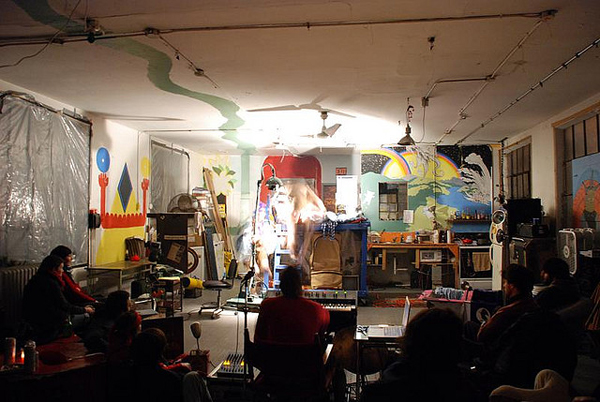body actualized center
neighborhood: bushwick | space type: community space, yoga studio | active since: 2011 | links: website, facebook, twitter
Body Actualized Center for Cosmic Living is a new space in Bushwick that has quickly gained a lot of acclaim. A former iron foundry (and before that, briefly, a chicken slaughterhouse!), Body Actualized is now a beautiful, welcoming space with reclaimed-wood floors, a wall of windows, candles and incense, and cushions stacked along the walls. By day it’s a yoga studio offering hatha, vinyasa, and prana yoga, as well as rejuvenation classes, qi-yo workshops, new moon and full moon ceremonies, shamanic astrology, and more. By night it’s a venue for electronic music performances and “chill-out” parties.
Run by a loose collective of musicians, artists, and promoters—several of whom make up Vibes Management—Body Actualized is also known for weekly Cosmic Yoga, which is yoga with live ambient electronic music, and promoting “Healthy Hedonism”: a lifestyle reflected in organic food, community empowerment, consciousness raising, creative opportunities, and spiritual growth. You should obviously sign up for a yoga class, but first read my interview with Brian, one of the founding members.
brooklyn spaces: Did the collective exist before the space, or did the space come first?
brian: Body Actualized has been a group as well as a brand for about three years, since way before we got this space. We throw DJ parties with a cosmic aesthetic, and we did Cosmic Yoga on the roof of the Market Hotel for years. When we found this space we were excited to be able to have our own venue, but slowly it dawned on us that we didn’t want to do just a venue, so we decided to have yoga during the day. The three of us who signed the lease didn’t want to be the only ones doing things, so we called all our friends and said, “Hey guys, we’ve got something really special.” We started having meetings, and whoever kept coming back ended up being part of the founding collective.
brooklyn spaces: Is the collective consensus based?
brian: Yes. Non-hierarchical, consensus based. The one rule is that no one should do anything they don’t want to do, and that way everyone can be happy. We’re more a group of friends with a vision than a business. Having a commitment to radical honesty is really important. Everyone can say whatever they’re feeling, because it’s based in love, and thriving on love comes from mutual understanding.
brooklyn spaces: How do you crystallize the vision or mission of the space?
brian: Right now, it’s not crystallized. We’re just doing what we do. Everyone kind of gets it, but no one can put it into words. We all know what’s appropriate for the space and what falls under the purview of our vibe.
brooklyn spaces: Are you guys all into yoga? Are you the yoga teachers?
brian: There are three yoga teachers in the core group, but everyone is into yoga as a way of life. I mean, it’s not some sort of didactic thing; there’s no rules. If someone doesn’t like yoga for a little while, that’s okay; yoga is just a small facet of a larger vibe and intention, just one core element in galvanizing the overall energy of what we’re doing in the larger picture.
brooklyn spaces: Tell me about some of the events.
brian: They’re mostly centered around electronic music. There’s very few guitars; I think there’s only twice been a drum set used in the space. The music plays a huge part in determining the aesthetic of an environment. There’s a whole range of styles within electronic music, and we curate them specifically to hone in on a certain vibe, just like someone would curate an art show. Everything is working on a very subtle level to open the space, to open the pathways for someone’s mind to travel to a different region.
brooklyn spaces: When I came to my first show here and there were all the cushions on the floor, it was very affecting. It really changes the way you interact with and experience the space.
brian: Yeah, it’s important for them to be “chill-out” parties, because people will feel free. If someone comes here alone, they can still be comfortable, whereas when you go to a bar or a warehouse party, it feels and looks weird to be alone. Here, you could be laying down asleep in the corner, and no one would even take a second glance. It’s like positive nightlife. You’re in an environment that’s clean, a clean welcoming wood floor. No chemicals are used to clean the space; it’s sanitary in its own way. And most people take their shoes off when they come in, which changes the mindset of everyone in the room. When you have your shoes off, you let down your guard, you feel more vulnerable, you feel like you’re at home. This space is kind of an oasis, one that’s much needed in this very hard and often distracted, isolating city. There’s a social barrier in most public places that doesn’t really exist here.
brooklyn spaces: It must attract really interesting people.
brian: Yeah, all sorts of people who think about the world in ways they were not taught in high school. We have both artistic and mystic people come through, people who practice reiki or the use of subtle energies, people who are interested in tarot cards, in astrology. It’s not a party atmosphere; it’s a place for people to come together over a different energy.
brooklyn spaces: How do you feel about being in Bushwick right now? Do you have a relationship with some of the other innovative spaces around here?
brian: Bushwick is just paradise right now, I can’t say enough positive things about it. People are really friendly, energy is high, there’s a lot of great stuff popping up. Secret Project Robot is really cool, the new Silent Barn is going to be in Bushwick. Everything is ending up here. And we get a pretty cool racial diversity at Body Actualized, on top of all the other types of diversity. That feels good.
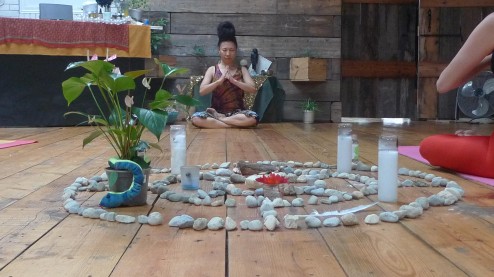
brooklyn spaces: What are your goals for the future of the space?
brian: About fifteen times as many plants, like a beautiful jungle. Ambient, indirect lighting. Permanent installations that make people think differently about the world through technology. Everything about the space has to be something that no one is doing. Every element has to be an original concept. By doing unique things we can open people up to new possibilities.
brooklyn spaces: Are there specific artists you’re hoping to bring in?
brian: Oh, yeah. We have like two hundred artists we’d like to have here. We’ve already had some incredible shows. Franco Falsini just played. For one of our first big shows we had Iasos, one of the founders of New Age music, who has never played in New York City before. That set a great tone and precedent for the music community worldwide. So when I email someone, they’re like, “Oh yeah, I know about that place.” I just emailed Maria Minerva, an amazing Estonian artist, and she was like, “Yeah, I know about the Center.” The sky’s the limit. You can do anything in this world.
***
Like this? Read about more community spaces: Trees Not Trash, Time’s Up, Trinity Project, Bushwick City Farm
